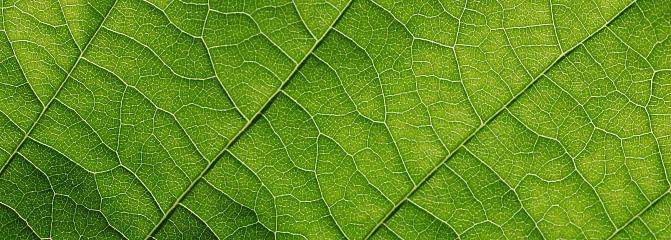Exceptional year in greenhouse vegetable production
In 2022, Finland produced a total of 305 million kilos of vegetables, berries and fruit. This figure is slightly bigger than in the previous year. The number of horticultural enterprises totalled 3,050 (-193), having nearly 19,000 hectares of fields and 362 (-13) hectares of greenhouses in horticultural production. Both the number of enterprises and the total area decreased in outdoor and greenhouse production.
With regard to weather conditions, the 2022 horticultural year was warmer than usual, even being the warmest in the measurement history in parts of the country. Even though irrigation is widely used in outdoor production, the shortage of water partly limited growth, and irrigation also increased production costs. Otherwise, there was a significant increase in production costs, and especially the price of electricity tested greenhouse producers. Similarly, the storage costs of vegetables increased.
Greenhouse vegetable production decreased
Greenhouse vegetable production totalled 89 million kilos, of which cucumbers accounted for 50 and tomatoes 34 million kilos. The production volumes of both tomatoes and cucumbers decreased by three million kilos. The price of electricity had a significant impact on the winter production of produce based on artificial lighting, already starting from spring 2022. However, the price of electricity affects enterprises very differently, depending on the price levels defined in electricity agreements. As the greenhouse cucumber harvest has been record-high in the past two years, the decrease can partly be explained by market saturation, which is also affected by the cucumber consumer price.
“Several greenhouse enterprises did not produce any vegetables this winter. This is reflected in the 2022 harvest figures. This year will be exceptional, as focus is on natural light production. This may cause market peaks because natural light production may start at the same time and harvesting will also be carried out at the same time,” says Anna-Kaisa Jaakkonen, senior statistician at the Natural Resources Institute Finland (Luke).

Carrot number one in vegetables – strawberry in berries
Last year, outdoor vegetable production totalled 189 million kilos, of which carrots accounted for 76 million kilos. All in all, beetroots, cabbages and onions are the cornerstones of outdoor production, and they are also key crops for food security as stock products.
The total horticultural berry harvest was close to the previous year’s level at 20 million kilos, of which strawberries accounted for nearly 16 million kilos. The tunnel production area for berries increased to 112 hectares.
Horticultural production in a changing environment
While horticultural production has usually adapted to changing conditions and market situations, the recent changes have been dramatic, especially in energy-intensive greenhouse production. Then again, new energy sources and work-saving technologies have been introduced, but it is still probable that the number of farms continues to decrease. The rate of changes and reactions varies from one production line to the next and, where a greenhouse producer decides to shorten the production period or seek special tomato varieties, a fruit producer considers to add new fruits to production. A positive example of this is the broader fruit range especially in the Åland Islands. Last year, a record-high volume – 300,000 kilos – of other fruit was produced, pear in particular. Ultimately, domestic demand determines the scope of horticultural production and the range of products.
Background to the statistics
Luke collected data for the statistics from approximately 2 800 horticultural enterprises using an online survey and telephone interviews.



